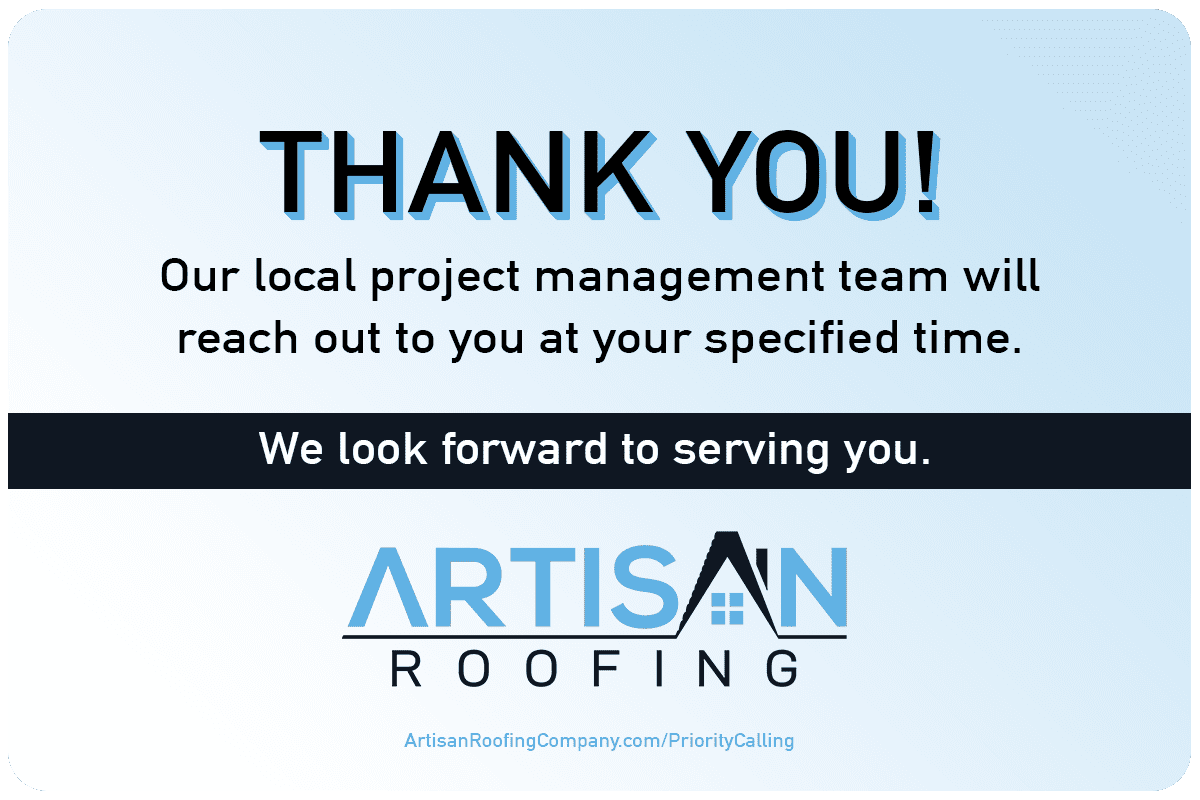When it comes to enhancing the exterior aesthetics and protecting your home from the elements, choosing the right type of house siding is crucial. With a plethora of options available in the market, it can be overwhelming to decide which one suits your needs best. In this blog, we will explore and discuss the different types of house siding, their features, benefits, and drawbacks, to help you make an informed decision.
1. Vinyl Siding:
Vinyl siding is one of the most popular choices due to its affordability, durability, and low maintenance requirements. It is available in a wide range of colors and styles, allowing homeowners to achieve their desired look. However, extreme temperatures can cause it to expand or contract, leading to potential issues.
2. Wood Siding:
Wood siding offers a timeless and natural appeal, making it a favorite among homeowners seeking a rustic or traditional look. It can be painted or stained in various colors and is relatively easy to repair. However, wood siding requires regular maintenance, including painting, staining, and sealing, to prevent rot, pests, and weather damage.
3. Fiber Cement Siding:
Fiber cement siding is a versatile option that mimics the appearance of wood, stucco, or masonry at a lower cost. It is resistant to rot, fire, and pests, making it a durable choice. However, it is heavier and more challenging to install, requiring professional assistance.
4. Aluminum Siding:
Aluminum siding is known for its durability, resistance to fire, and low maintenance requirements. It is available in various styles and colors, providing homeowners with flexibility in design. However, it can dent easily and may fade over time.
5. Brick Siding:
Brick siding offers a classic and elegant look that can withstand harsh weather conditions and is resistant to pests and fire. It requires minimal maintenance and can last for decades. However, brick siding is expensive to install and may require additional insulation for energy efficiency.
6. Stucco Siding:
Stucco siding is a popular choice for its durability, versatility, and ability to insulate homes effectively. It can be applied in various textures and colors, allowing homeowners to achieve a unique look. However, stucco requires professional installation and regular maintenance to prevent cracks and water damage.
7. Stone Veneer Siding:
Stone veneer siding provides a luxurious and natural appearance without the high cost of natural stone. It is lightweight, easy to install, and requires minimal maintenance. However, it may not offer the same level of durability as natural stone and can be prone to chipping or cracking.
Choosing the right type of house siding is a significant decision that impacts both the aesthetics and functionality of your home. Each type of siding has its own set of advantages and disadvantages, so it’s essential to consider factors such as budget, maintenance requirements, durability, and desired appearance. By understanding the characteristics of different siding options, you can make an informed choice that suits your needs and enhances the overall value of your home.

